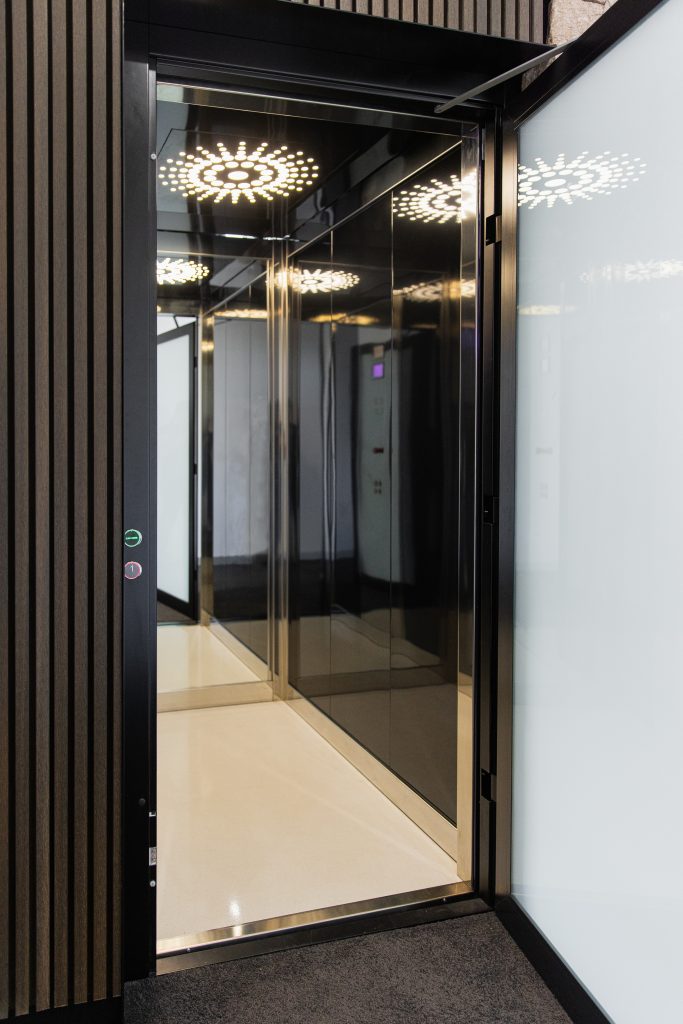Leading Lift Companies in London: Offering Quality Installations and Upkeep
Leading Lift Companies in London: Offering Quality Installations and Upkeep
Blog Article
Digging Into the World of Elevators: Typical Concerns Encountered by Various Lift Systems
As we browse through the vertical transport systems of modern-day buildings, elevators stand out as a vital component of our daily lives. From hydraulic elevators to grip systems and machine-room-less designs, each lift type comes with its collection of usual concerns.
Hydraulic Elevators
Hydraulic elevators, usually liked for low-rise structures, make use of fluid pressure to regulate the motion of the elevator vehicle (lift repair companies). This system includes a hydraulic pump pushing oil into a cyndrical tube, triggering the elevator to relocate in the desired direction. While hydraulic lifts are understood for their silent and smooth operation, they do include their very own collection of usual issues
One prevalent issue with hydraulic lifts is oil leakage. The seals in the hydraulic system can wear with time, causing oil infiltration. This not only produces a mess however can likewise influence the lift's performance if left unaddressed. Furthermore, problems with the control system, such as faulty shutoffs or a malfunctioning pump, can trigger disruptions in the elevator's movement.
Normal upkeep and timely fixings are necessary to ensure the smooth functioning of hydraulic lifts. By attending to these common issues proactively, structure proprietors can reduce downtime and make certain the security and efficiency of their upright transportation system.
Grip Lifts
When considering upright transportation systems in buildings, one more usual kind besides hydraulic elevators is the grip lift. Traction elevators run using a system of ropes and weights that relocate the lift auto by grasping onto the hoist ropes. This system enables smoother and quicker vertical transport contrasted to hydraulic systems.
One of the typical concerns dealt with by grip lifts is rope wear. The continuous movement of the ropes within the traction system can lead to deterioration over time, possibly creating the lift to malfunction or become hazardous for use. Routine examinations and maintenance of the ropes are important to make certain the lift's proper functioning and security.
An additional concern that grip elevators may experience is associated with the control system. Issues with the control system can bring about issues such as unpredictable movement, hold-ups in action times, or perhaps total closures. Routine screening and maintenance of the control system are vital to avoid such concerns and make sure the elevator's integrity.
Machine-Room-Less (MRL) Lifts

One of the key parts of MRL lifts is the small gearless traction equipment that is installed within the hoistway. This maker effectively drives the elevator automobile without the demand for bulky tools discovered in standard grip elevators. Additionally, MRL lifts generally use a weight system to balance the auto, more improving their power performance.
Regardless of their advantages, MRL lifts might deal with challenges associated with maintenance and repair work as a result of the confined space for devices setup. Availability for servicing components within the shaft can be limited, requiring specialized training for professionals. Proper maintenance schedules and normal evaluations are crucial to guarantee the ongoing smooth operation of MRL lifts.
Overloading and Weight Limit Issues
Are lifts geared up to deal with excess weight lots effectively and safely? Overwhelming and weight restriction concerns are crucial concerns in elevator procedures. Elevator suppliers design lifts with particular weight abilities to guarantee guest safety and devices long life. Exceeding these weight restrictions can cause different problems, including mechanical failures, delays, and security hazards.
When elevators are overwhelmed, it places extreme stress on the electric motor, cords, and various other parts, possibly triggering breakdowns or failures. straight from the source If they identify excess weight, safety and security devices such as sensors and overload sensing units are in area to stop lifts from relocating. In addition, surpassing weight restrictions can cause enhanced energy consumption and damage on the lift system.
To alleviate overloading issues, building supervisors need to plainly show weight limits in elevators and educate owners on the relevance of adhering to these restrictions - lift repair companies. Normal maintenance checks by certified technicians can likewise assist ensure that lifts are you can look here running within safe weight criteria. By dealing with overloading and weight restriction issues proactively, building proprietors can improve lift safety and security and effectiveness
Electrical System Failures
Going beyond weight restrictions in lifts can not just lead to mechanical issues yet also possibly contribute to electrical system failures within the lift facilities. Electrical system failings are a vital problem in lift procedure, as they can create unexpected shutdowns, malfunctions, or also safety threats.
In addition, power surges or variations in the electric supply can additionally interfere with the elevator's procedure, influencing its efficiency and security. These electric check here disturbances can harm sensitive lift elements such as control board, circuit card, or sensing units, bring about system failures. Routine upkeep and examinations are crucial to recognize and address potential electrical issues without delay, ensuring the safe and effective operation of elevator systems. By adhering to weight restrictions and performing routine electric system checks, structure proprietors can minimize the risk of electrical failings in elevators.
Verdict

Hydraulic elevators, typically liked for low-rise structures, use fluid stress to control the motion of the elevator automobile.When taking into consideration upright transportation systems in buildings, another usual type apart from hydraulic lifts is the grip elevator. Grip lifts operate using a system of ropes and counterweights that relocate the lift auto by clutching onto the hoist ropes. Unlike conventional elevators that need a different device room to house the devices, MRL lifts incorporate many of the components within the shaft, getting rid of the need for a dedicated maker area.In final thought, lifts deal with typical problems such as hydraulic breakdowns, traction system failings, and electric system troubles.
Report this page